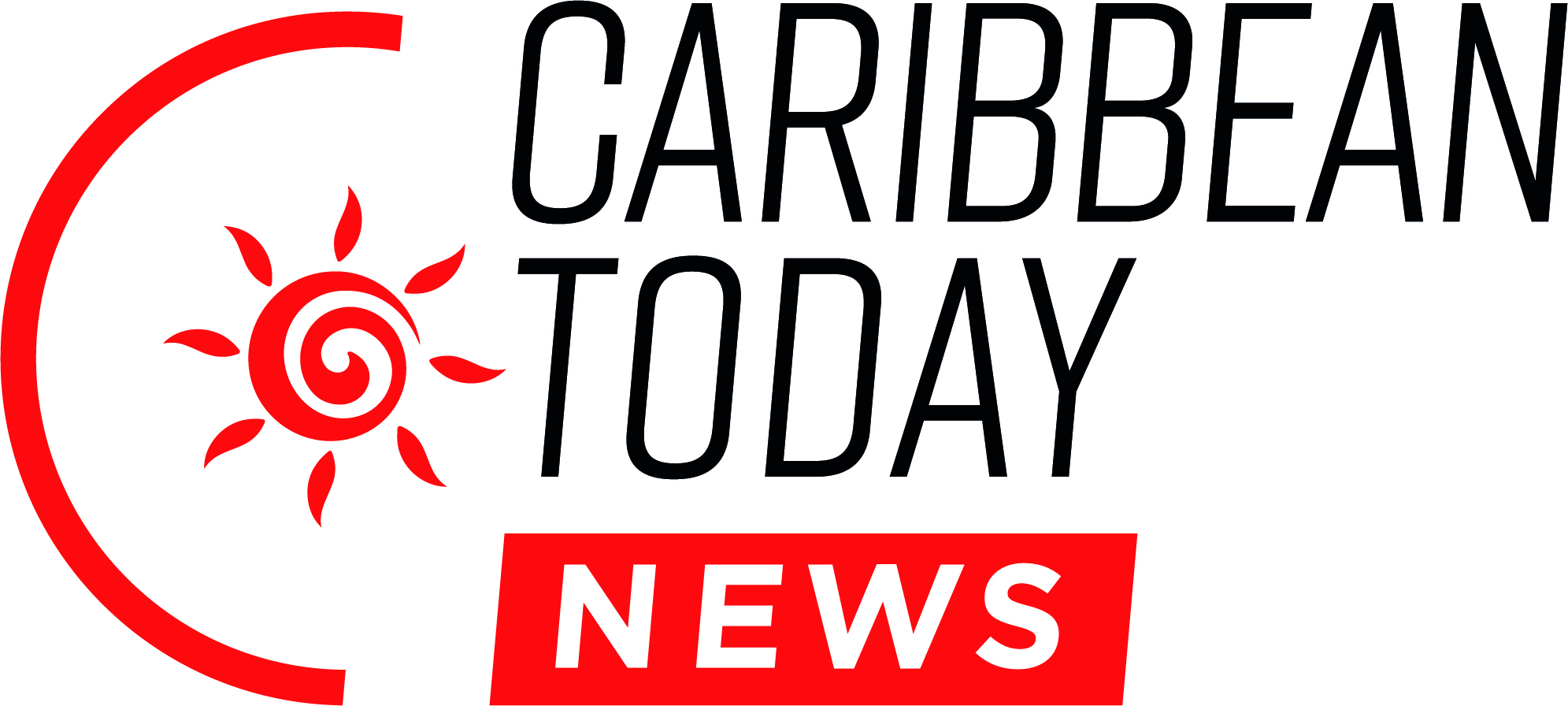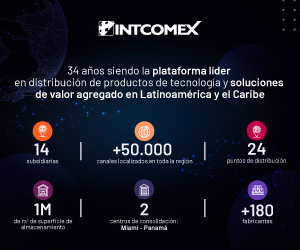Developing a comprehensive roadmap for new commercially available spectrum is necessary to ensure the successful deployment of future mobile networks. Today, 5G Americas, the voice of 5G and beyond in the Americas, has released a white paper titled ‘The Evolution of 5G Spectrum’ that provides insights into the future of mobile networks, emphasizing the critical role of licensed spectrum for the successful rollout of 5G-Advanced and future 6G capabilities.
Chris Pearson, President, 5G Americas said, “Releasing more licensed spectrum for the wireless industry is critical for US leadership in technology, mobile communications and the economy. An industry roadmap for more spectrum helps ensure effective deployment of future networks and drive the emergence of groundbreaking technologies.”
Balancing both licensed and unlicensed spectrum is vital for the mobile industry. The upper mid-band spectrum, ranging from 7.125-15.35 GHz, is key to leveraging existing infrastructure for increased capacity. 5G Americas emphasizes identifying new spectrum integral to a U.S. National Spectrum Strategy pipeline, ensuring rapid commercialization, and sustained technological leadership.
“5G Americas supports the 7.125 to 15.35 GHz spectrum range, especially below 10 GHz, for licensed mobile operations for its balance in capacity and coverage. Opening bands in this range involves exploring relocations and sharing strategies. Additionally, mmWave bands are important for deployments in dense locations like urban cores, transportation depots, busy streets, and entertainment venues, and also for fixed wireless access deployments. Sub-THz bands offer very large bandwidths that may be suitable for specialized use cases,” says work group co-leader Aleksandar Damnjanovic, Principal Engineer/Manager at Qualcomm Technologies Inc.
The International Telecommunication Union (ITU) for International Mobile Telecommunications (IMT)-2030 has codified various usage scenarios that form the basis for spectrum needs. These scenarios highlight the necessity for high data rates and wide-area coverage for applications like immersive experiences, next generation healthcare monitoring, human-machine interfaces, and Joint Communications and Sensing (JCAS).
“In response to an expected fourfold cellular network traffic increase by 2028, the ITU World Radiocommunication Conference recently decided to identify spectrum in the 4.4-15.5 GHz range for future wireless technology deployments. The wireless industry needs access to more spectrum to support new applications like XR, connected cars, and the metaverse,” says work group co-leader Brian Olsen, Senior Manager, Technology Development and Strategy at T-Mobile USA.
Key topics covered in this latest 5G Americas white paper include:
• U.S. spectrum position compared with other countries
• Anticipated spectrum needs from 2027 to 2030
• Desired spectrum characteristics of target bands
• Techniques to enable use of cellular systems in new bands
• Current and future use of mmWave
• Sub-THz spectrum for new 6G use cases
• ITU WRC-23 Decisions





